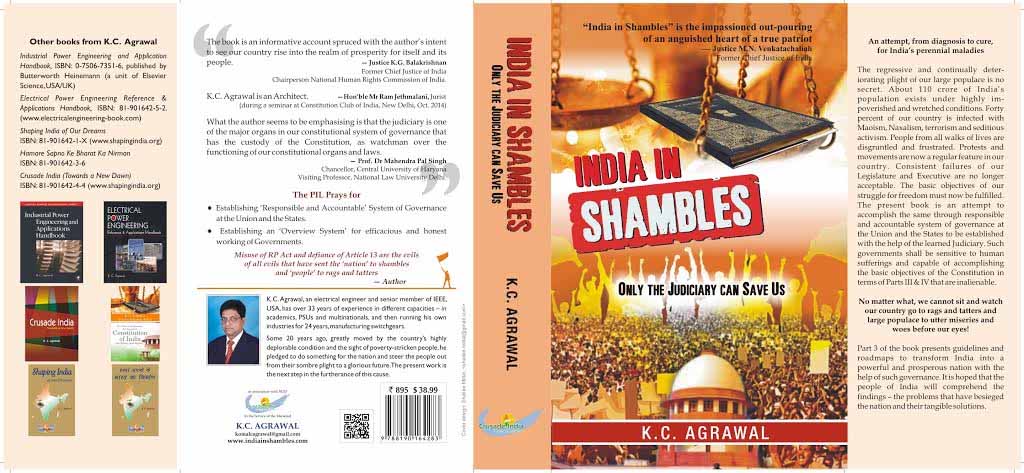Book at a Glance
PART V - Busbar Systems
Chapter 30. Properties and ratings of current carrying conductors
•Physical and electrical properties of aluminium and copper conductors
• Ampacity tables of copper and aluminium conductors
Properties for aluminium and copper conductors
In Table 30.1 we provide the general properties of aluminium and copper conductors. The table also makes a general comparison between the two widely used metals for the purpose of carrying current.
Important definitions of properties of a metal
For ease of application of the above table we give below important definitions of the mechanical and electrical properties of a metal.
Physical and mechanical properties
1. Specific heat (This is a physical property) The specific heat of a substance is the heat required to raise the temperature of its unit mass by 1°C.
2. Stresses
This is the force per unit area expressed in kgf/mm2 and is represented in a number of ways, depending upon the type of force applied, e.g.
• Tensile stress: the force that will stretch or lengthen the material and act at right angles to the area subjected to such a force.
• Ultimate tensile strength: the maximum stress value as obtained on a stress–strain curve (Figure 30.1).
• Compressive stress: the force that will compress or shorten the material and act at right angles to the area subjected to such a force.
• Shearing stress: the force that will shear the material and act in the plane of the area and at right angles to the tensile or compressive stress.
• Ampacity tables of copper and aluminium conductors
Properties for aluminium and copper conductors
In Table 30.1 we provide the general properties of aluminium and copper conductors. The table also makes a general comparison between the two widely used metals for the purpose of carrying current.
Important definitions of properties of a metal
For ease of application of the above table we give below important definitions of the mechanical and electrical properties of a metal.
Physical and mechanical properties
1. Specific heat (This is a physical property) The specific heat of a substance is the heat required to raise the temperature of its unit mass by 1°C.
2. Stresses
This is the force per unit area expressed in kgf/mm2 and is represented in a number of ways, depending upon the type of force applied, e.g.
• Tensile stress: the force that will stretch or lengthen the material and act at right angles to the area subjected to such a force.
• Ultimate tensile strength: the maximum stress value as obtained on a stress–strain curve (Figure 30.1).
• Compressive stress: the force that will compress or shorten the material and act at right angles to the area subjected to such a force.
• Shearing stress: the force that will shear the material and act in the plane of the area and at right angles to the tensile or compressive stress.


